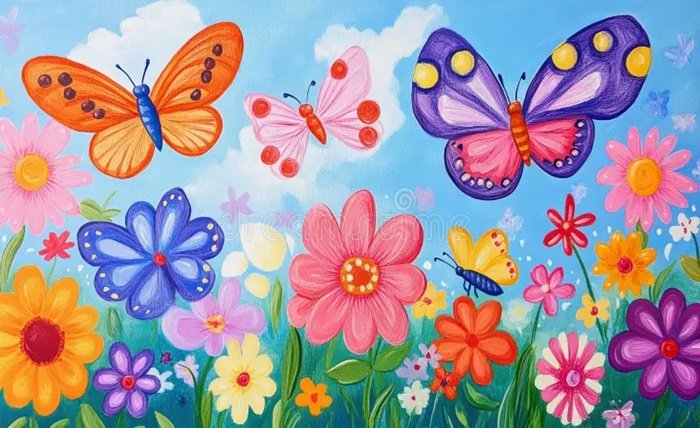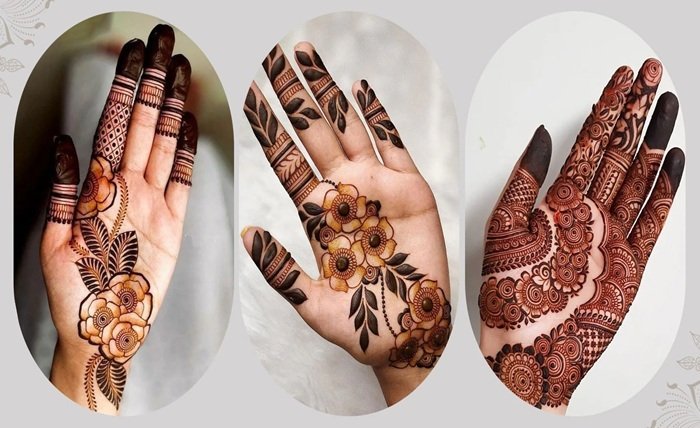Introduction
Butterfly drawing is a captivating art form that combines delicate details with vibrant colors. Whether you’re a beginner or an experienced artist, creating a butterfly drawing can be both relaxing and rewarding. This guide will walk you through everything you need to know about butterfly drawing, from basic techniques to advanced tips.
Why Butterfly Drawing is So Popular
Butterfly drawing has become a favorite among artists due to its versatility and symbolism. Butterflies represent transformation, beauty, and freedom, making them a popular subject in art. Their intricate wing patterns and vibrant colors provide endless inspiration for creative expression. Whether you’re sketching a simple butterfly or creating a detailed masterpiece, butterfly drawing allows you to explore your artistic skills.
Essential Tools for Butterfly Drawing
Before you start your butterfly drawing, it’s important to gather the right tools. Here are some essentials:
- Pencils: A range of graphite pencils (2H to 6B) for sketching and shading.
- Erasers: A kneaded eraser for lightening lines and a precision eraser for details.
- Paper: Smooth, high-quality paper for clean lines and shading.
- Coloring Tools: Colored pencils, markers, or watercolors for adding vibrant hues to your butterfly drawing.
- Reference Images: Use photos or real butterflies as inspiration for your drawing.
Having the right tools will make your butterfly drawing process smoother and more enjoyable.
Step-by-Step Guide to Butterfly Drawing
Creating a butterfly drawing can be broken down into simple steps:
- Start with the Body: Draw a small oval for the butterfly’s thorax and a longer oval for the abdomen.
- Add the Wings: Sketch the upper wings as large, curved triangles and the lower wings as smaller, rounded shapes.
- Outline the Details: Add veins and patterns to the wings, using reference images for accuracy.
- Refine the Shape: Erase unnecessary lines and refine the outline of your butterfly drawing.
- Shade and Color: Use shading techniques to add depth and color to bring your butterfly drawing to life.
Following these steps will help you create a beautiful butterfly drawing, even if you’re a beginner.
Tips for Creating Realistic Butterfly Drawings
To make your butterfly drawing more realistic, consider these tips:
- Study Real Butterflies: Observe the patterns, colors, and shapes of real butterflies.
- Focus on Symmetry: Butterflies are symmetrical, so ensure both sides of your drawing match.
- Use Layering: Build up colors and shading gradually to create depth.
- Experiment with Textures: Use different pencil strokes or tools to mimic the texture of butterfly wings.
- Add Background Elements: Incorporate flowers or leaves to enhance your butterfly drawing.
These tips will elevate your butterfly drawing and make it stand out.
Exploring Different Styles of Butterfly Drawing
Butterfly drawing can be done in various styles, each offering a unique perspective:
- Realistic: Focus on accurate details and lifelike colors.
- Abstract: Use bold shapes and unconventional colors to create a modern butterfly drawing.
- Minimalist: Simplify the butterfly’s form with clean lines and minimal details.
- Watercolor: Use soft, blended colors for a dreamy butterfly drawing.
- Digital: Create your butterfly drawing using digital tools for precision and versatility.
Experimenting with different styles will help you find your unique artistic voice.
Common Mistakes to Avoid in Butterfly Drawing
Even experienced artists can make mistakes in butterfly drawing. Here are some common pitfalls to avoid:
- Ignoring Symmetry: Uneven wings can make your butterfly drawing look unnatural.
- Overcomplicating Patterns: Too many details can overwhelm the design.
- Using Harsh Lines: Soft, delicate lines work better for butterfly drawing.
- Skipping Reference Images: Without references, your drawing may lack accuracy.
- Rushing the Process: Take your time to ensure your butterfly drawing is polished and complete.
By avoiding these mistakes, you’ll create a more refined and professional butterfly drawing.
Inspiring Ideas for Your Next Butterfly Drawing
If you’re looking for inspiration, here are some creative ideas for your next butterfly drawing:
- Seasonal Butterflies: Draw butterflies surrounded by autumn leaves or spring flowers.
- Mythical Butterflies: Create a fantasy-inspired butterfly drawing with magical elements.
- Monochrome Art: Use a single color palette for a striking butterfly drawing.
- Butterfly Portraits: Combine a butterfly with a human face for a unique twist.
- Cultural Designs: Incorporate patterns from different cultures into your butterfly drawing.
These ideas will spark your creativity and take your butterfly drawing to the next level.
Conclusion
Butterfly drawing is a beautiful and rewarding art form that allows you to explore your creativity. Whether you’re a beginner or an expert, this guide provides the tools, techniques, and inspiration you need to create stunning butterfly artwork. Remember to practice regularly, experiment with different styles, and most importantly, enjoy the process. Happy drawing!
FAQs
1. What is the best way to start a butterfly drawing?
Begin with simple shapes like ovals and triangles to outline the body and wings. Gradually add details and refine your sketch.
2. How can I make my butterfly drawing look more realistic?
Study real butterflies, focus on symmetry, and use shading techniques to add depth and texture to your drawing.
3. What colors should I use for a butterfly drawing?
Use vibrant colors like blues, yellows, and oranges, but refer to real butterflies or your imagination for inspiration.
4. Can I create a butterfly drawing digitally?
Yes, digital tools like graphic tablets and software such as Adobe Illustrator or Procreate are great for butterfly drawing.
5. How do I fix mistakes in my butterfly drawing?
Use a kneaded eraser to lighten lines or make corrections. For digital drawings, simply undo or erase mistakes easily.











